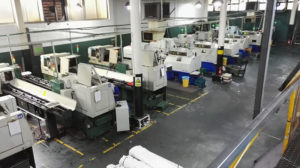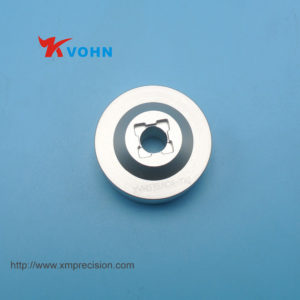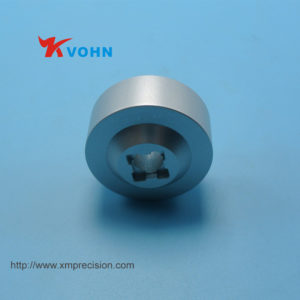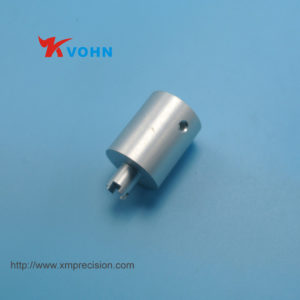In the machining process, due to various reasons such as the workpiece material, the environment, and the processing method, the mechanical wear occurs. Mechanical wear is a great danger to the quality, accuracy, and processing efficiency of the product. Therefore, for everyone involved in machining, it is very important to prevent mechanical processing. steel production
1 mechanical wear common types and characteristics
(1) Run-in wear: The corresponding wear of the machine under normal load, speed, and lubrication conditions, this wear develops very slowly.
(2) Hard abrasion: The abrasive grains dropped by the part itself and the hard particles entering from the outside, causing mechanical cutting or grinding and destroying the parts. steel production
(3) Surface fatigue wear: Under the action of alternating loads, micro-cracks and squash-shaped pits are generated and the parts are damaged. This kind of wear is related to the size of the pressure, the characteristics of the load, the material of the machine, and the factors of the size.
(4) Thermal wear: In the friction process of the part, the metal surface wears and the internal matrix generates a hot zone or high temperature, so that the parts have the phenomenon of temper softening, corrugation and crease, etc., which often occurs in high-speed and high-pressure sliding friction, wear The destructiveness is more prominent and is accompanied by the nature of accidental wear.
(5) Corrosion and wear: Chemical corrosion causes wear. The surface of parts is eroded by acids, alkalis, salts, or harmful gases, or the surface of the parts is combined with oxygen to generate hard and brittle metal oxides that can easily come off.
(6) Phase change wear: The parts work under high temperature for a long time. The grain size of the metal on the surface of the parts will increase, and the oxidation will generate fine gaps around the grain boundary. This will make the parts vulnerable, and the wear resistance will decrease, which will accelerate the wear of the parts.
(7) Fluid dynamic wear: Wear of the surface of a part caused by the impact of liquid velocity or particle velocity on the part surface. steel production
2 parts wear causes and prevention methods
(1) normal wear
a. Rubbing between parts: ensure clean and lubricated parts
b. Wear caused by hard particles: Keep parts clean Keep parts exposed
c. Fatigue and wear of parts under long-term alternating load: Eliminate gaps, select suitable grease, reduce extra vibration, and improve part accuracy.
d. Corrosion of Parts by Chemicals: Removal of Harmful Chemicals and Increased Corrosion Resistance of Parts
e. Change of metallurgical structure or change of the mating properties of parts on high temperature conditions: Try to improve working conditions, or use high temperature resistant, wear resistant materials to make parts.
(2) Abnormal wear
a. Repair or manufacturing quality does not meet design requirements: strict quality inspection.
b. Violation of operating procedures: Familiar with mechanical performance, and careful operation.
c. Improper transport, handling, and storage: Master knowledge of lifting and exercise caution. steel production
3 Reasons and Measures for Shortening Mechanical Life after Major Repairs
(1) Deformation of basic parts: Due to deformation, the relative position of each part is changed, which accelerates the wear of parts and shortens the life of parts. Can take reasonable installation and adjustment to prevent deformation.
(2) Parts balance destruction: parts that rotate at a high speed are not balanced, accelerate the damage of parts under the action of centrifugal force, and shorten the service life of parts. Strictly carried out the dynamic balance test measures to prevent.
(3) No running-in is performed: the replaced part’s mating surface is not properly grounded, and as time goes by, the wear of the part’s mating surface will increase, and the life of the part will be shortened. The preventive measure is to run in the fitting.
(4) Low hardness: improper selection of repaired parts, failure of surface hardness, or failure of heat treatment. Preventive measures: Use materials as required and perform a reasonable heat treatment. steel production
CNC Machining Service & CNC Machining parts

Precise prototyping goes high-tech

Burnishing prototype

Carburizing Mould spare parts

machined parts
